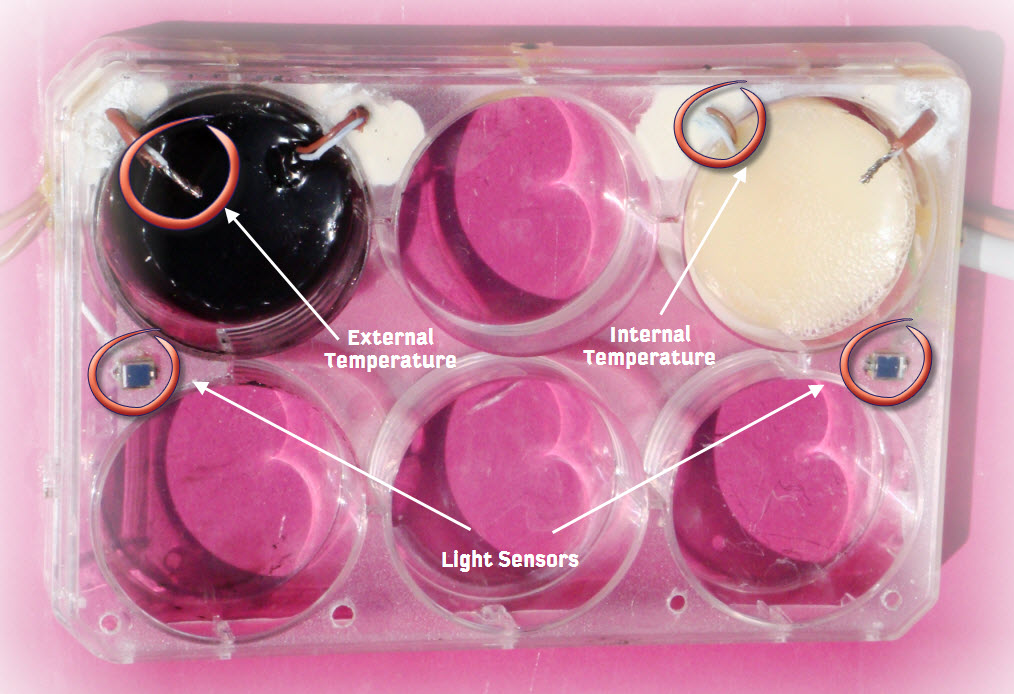Team:Valencia/Technologies
From 2010.igem.org
Time goes by...
(El tiempo pasa...)
Follow us:

Our main sponsors:

Our institutions:

Visitor location:
Introduction
In order to test and probe our terraforming proposal, we needed to contract some new testing technologies specially designed to that end.
There are three main courses of action:

Each of them has a specific purpose in the project.
Red House
We reproduce some of the characteristics that make difficult the life in Mars with this chamber. Among them we can have the atmospheric pressure between 7 and 10 mbar and the gases composition (mainly carbon dioxid). Once we achieve this humble goal, we can use the MSC to try our engineered microorganisms and observe its behavior: if it grows, just only survives without growing or dies. It’s a very important part of the project because is an easy way to prove whether the microbes can grow or at least survive in an environment with such limitations as martian atmosphere can be.
Go Back to the Testing Tecnologies.
Mars Simulation Chamber
In the other hand, in the beginnings our microorganisms are going to need an appropriate (or cozy) environment to grow. Regarding this, we have built a Red-House (an analogy with a greenhouse but in the red planet) in order to preserve the growing cultures until the atmospheric conditions reach the proper values to the microbial growth. The Red-House is a device designed to protect the microorganisms from the harsh conditions of temperature, pressure and radiation. The device is thermally isolated from the exterior media so we can warm its interior with electricity generated using wind turbines.
The idea to make this device was inspired by the reading of Robinson's Red Mars in wich the first martian colonist spread windmills to seed microorganism over the surface of Mars.
Go Back to the Testing Tecnologies.
Microbial Albedo Recorder
In order to study the capability of the cultures to absorb energy coming from sunlight depending on their coloring, we are going to measure the temperature that the cultures reach compared with others control know-color cultures. These temperatures are measured by a system of thermocouples.
For this objective, it has been designed a dish in which our E. Coli and yeast cultures are studied. There are as well two reference cultures: one entirely black and another totally white. The cultures are exposed to radiation coming from sunlight. All cultures are previously kept in constant and known temperature.
In order to make sure that the temperature differences among the cultures are due only to albedo effect, two strategies have been designed.
- Several light sensors have been laid out symmetrically. The signal received by these sensors is transmitted to an electronic circuit which produces an electric response that finally ends up in the datalogger
- Several thermocouples are arranged surrounding the cultures to make sure that the external temperatures are equal for all of them. It has been used a recording system quite similar to the Red House one Recording Systems Link.
Therefore, any temperature difference between the cultures has to be produced by the capability of absorbing light. This temperature is then measured by another thermocouple inserted into the culture. Furthermore, all this data is recorded and shown in real time through a computer screen.
Go Back to the Testing Tecnologies.
 "
"
